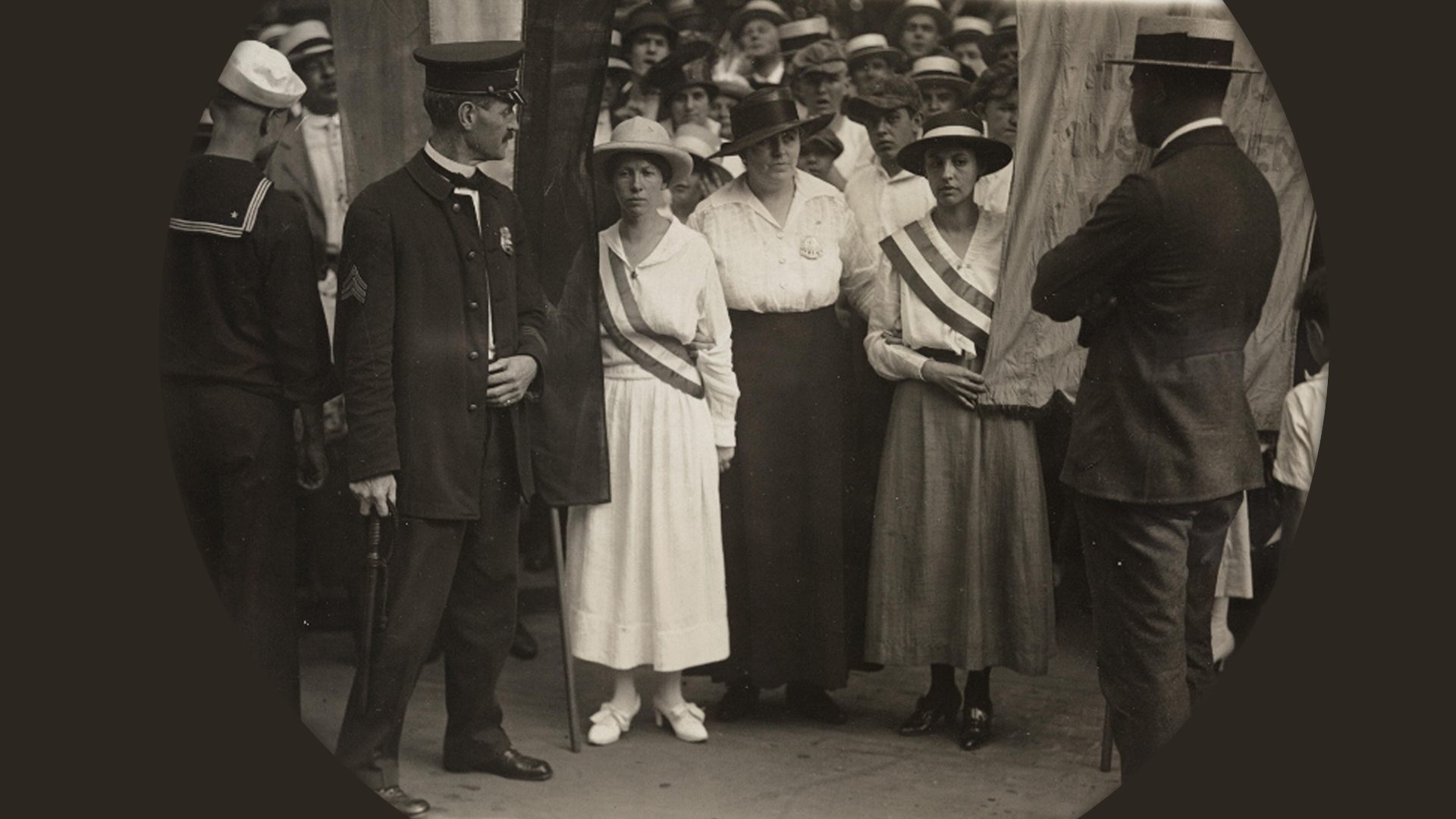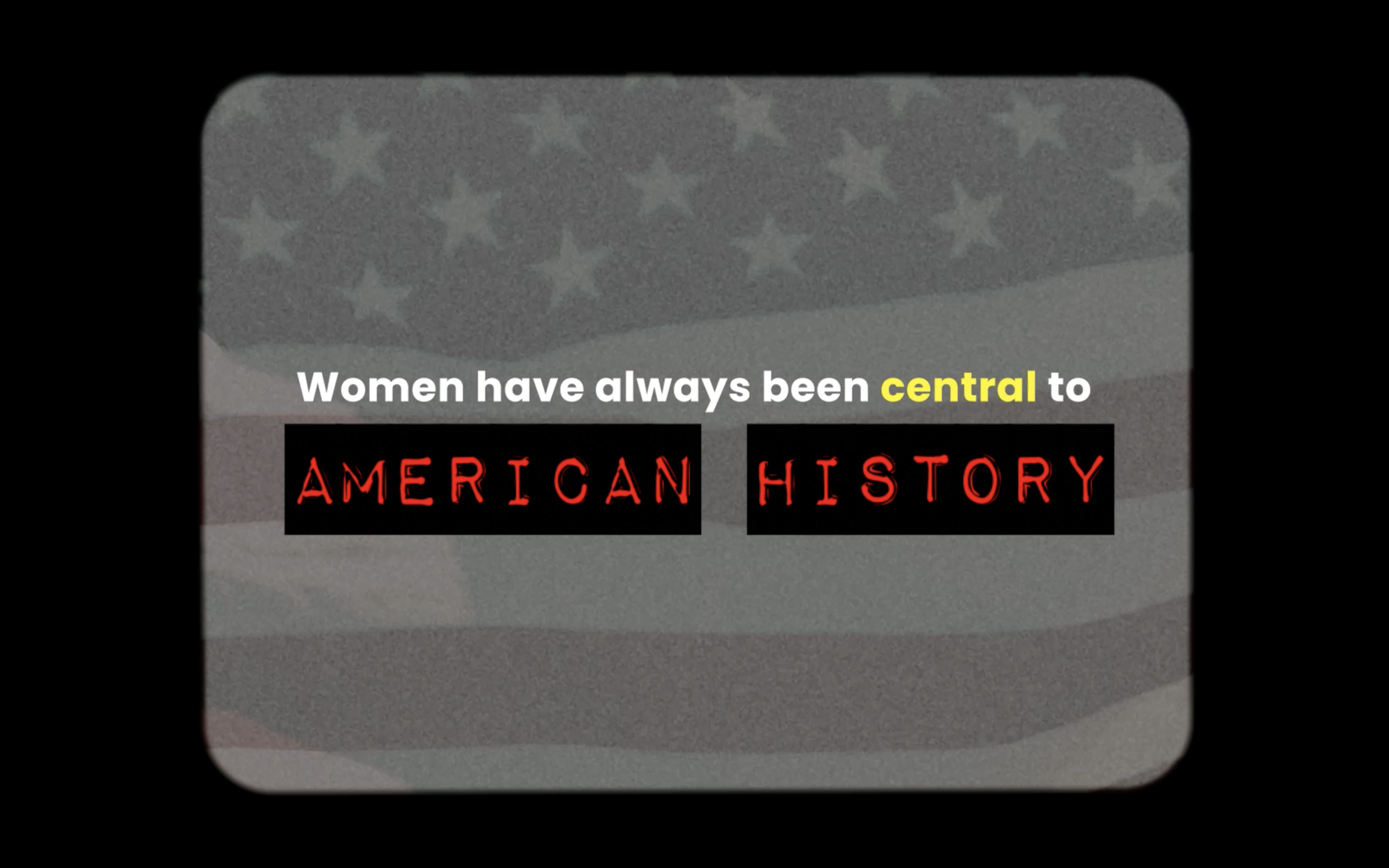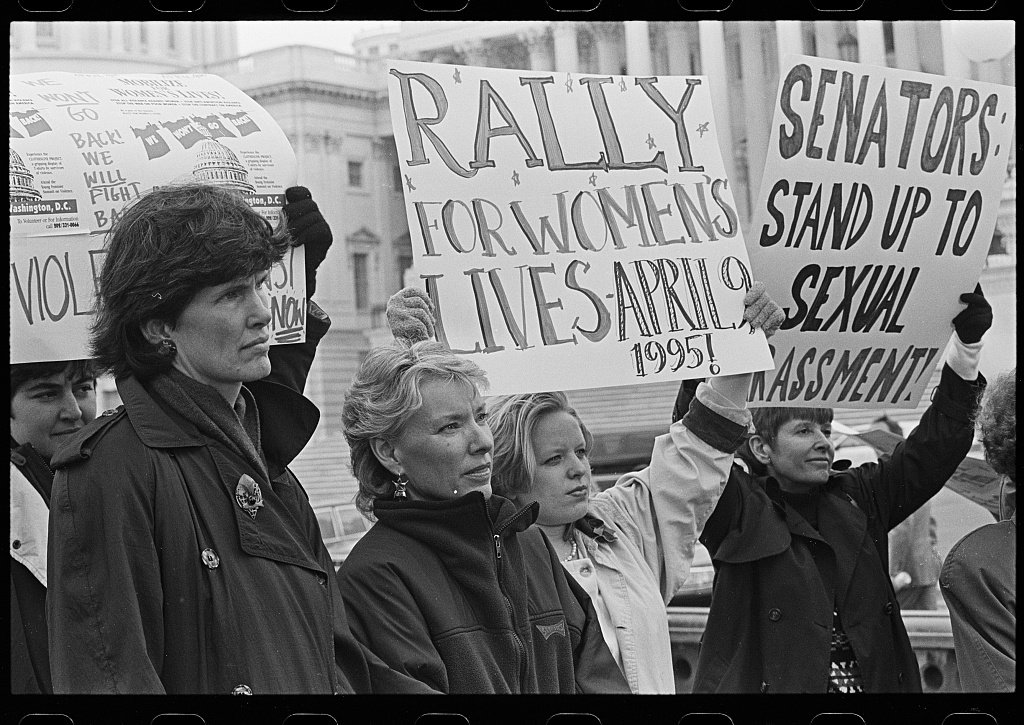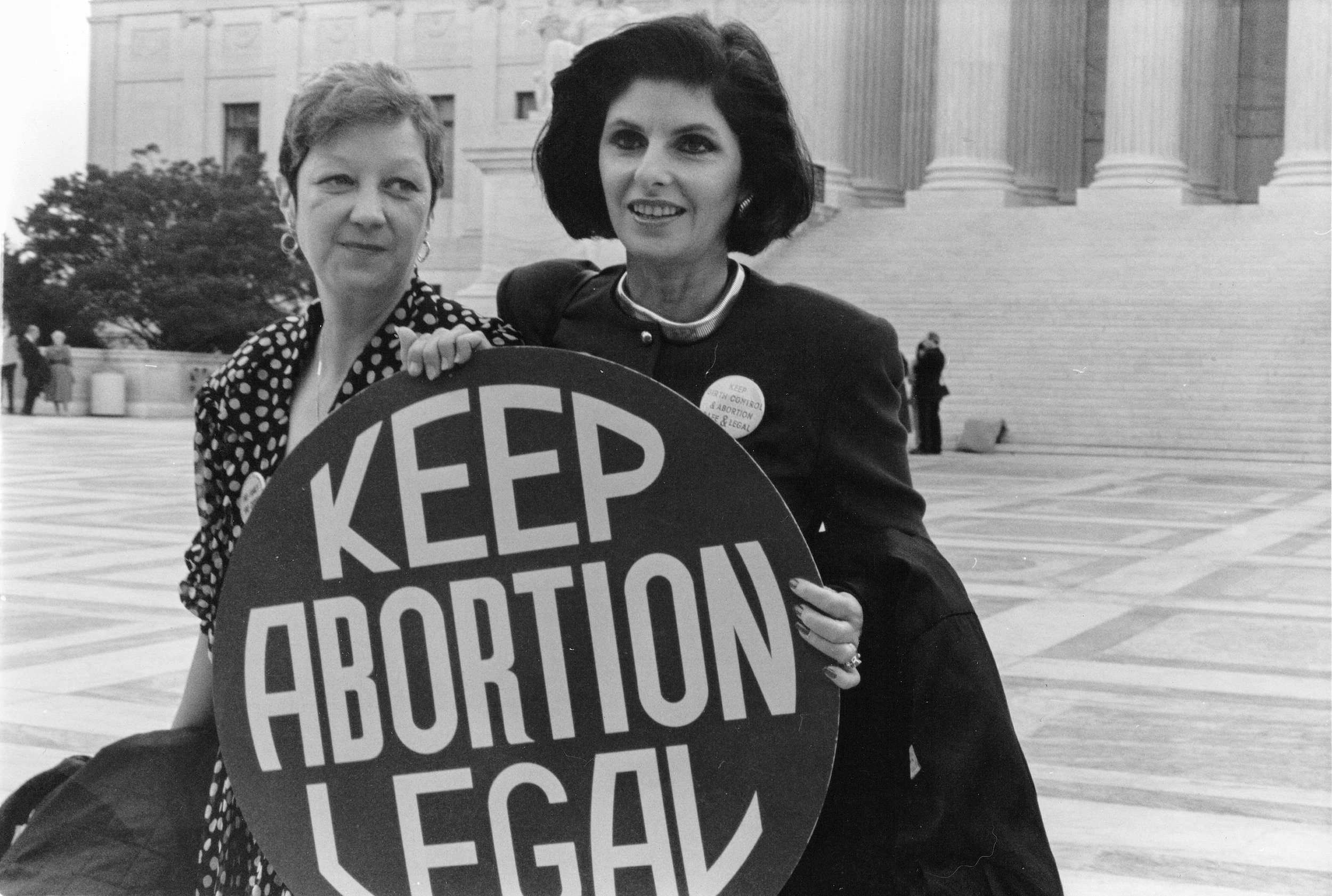
Women Rising:
Overcoming Patriarchy in America
This collection features six video-based online modules and a Facilitator Resource focused on the history of gender-based inequality in the United States.
Experience a few stirring moments from the upcoming collection in this teaser video.
Introduction to Women Rising: Overcoming Patriarchy in America explains the context, motives, and objectives of the collection.
Foundations and First Steps: Jamestown to Seneca Falls explains the social, economic, and political dynamics that shaped the lives of women in the years before and after the American Revolution.
Women Change America: Seneca Falls to Women's Suffrage explores the role women played in the developing nation from the Civil War to the early 1920s.
Marching Towards Freedom: Voting Rights to the ERA traces the participation of women in social, economic, and political change from the passage of the Nineteenth Amendment to the rise of the women’s movement of the 1960s and 1970s.
Equality and the Workplace: The Fight Against Sexual Harassment explores the emergence of sexual harassment as a focal point in the struggle for gender equality.
The Right to Choose: The Fight for Bodily Autonomy examines the historical roots of the ongoing struggle for women’s bodily autonomy.
The online Facilitator Resource includes:
all the videos, compiled for easy reference
an overview of what your participants will experience in each module
module-specific guides and resources
How Do I Use This Collection?
Once you make Women Rising available through your LMS, your team can use it in three ways:
-
Participants engage in flexible, self-paced, individualized learning.
-
Colleagues discuss in professional settings.
-
Facilitators lead structured lessons in organizations or classrooms.
$120 per participant
(volume discounts and bundle pricing available)

Photo Credits (in order of appearance): (1) H. Armstrong Roberts (photographer), ClassicStock / Alamy Stock Photo. (2) Charles Willson Peale, Portrait of John and Elizabeth Lloyd Cadwalader and Their Daughter Anne, 1772. Purchased for the Cadwalader Collection with funds contributed by the Mabel Pew Myrin Trust and the gift of an anonymous donor, 1983. Philadelphia Museum of Art, www.philamuseum.org. (3) Artist unknown, Flora, ca. 1796. Collection of the Smithsonian National Museum of African American History and Culture and National Portrait Gallery, Museum purchase through the American Women’s History Initiative Acquisitions Pool, administered by the Smithsonian American Women’s History Initiative. (4) Rice & Brady (photoprint), International gathering of women's suffrage advocates in Washington, D.C., in 1888. Susan B. Anthony and Elizabeth Cady Stanton in front row. Courtesy of Library of Congress, Prints & Photographs Division, LC-USZ62-7142. (5) Alfred T. Palmer (photographer), Operating a hand drill at Vultee-Nashville, woman is working on a "Vengeance" dive bomber, Tennessee, February 1943. (6) Lensmen Photographic Agency / Alamy Stock Photo. Courtesy of Library of Congress, Prints & Photographs Division, FSA-OWI Collection, LC-DIG-fsac-1a35371. (7) Maureen Keating (photographer), Women outside the U.S. Capitol holding signs supporting the National Organization for Women's "Rally for Women's Lives" and against sexual harassment, probably in reference to the accusations against Senator Bob Packwood, April 1, 1995. Courtesy of Library of Congress, Prints & Photographs Division, LC-DIG-ppmsca-38888. (8) Lorie Shaull, Norma McCorvey (Jane Roe) and her lawyer Gloria Allred on the steps of the Supreme Court, 1989, https://www.flickr.com/photos/number7cloud/32936173946/. CC BY 2.0 license, https://creativecommons.org/licenses/by/2.0/.
Copyright 2025 Women Rising, LLC. All rights reserved.







